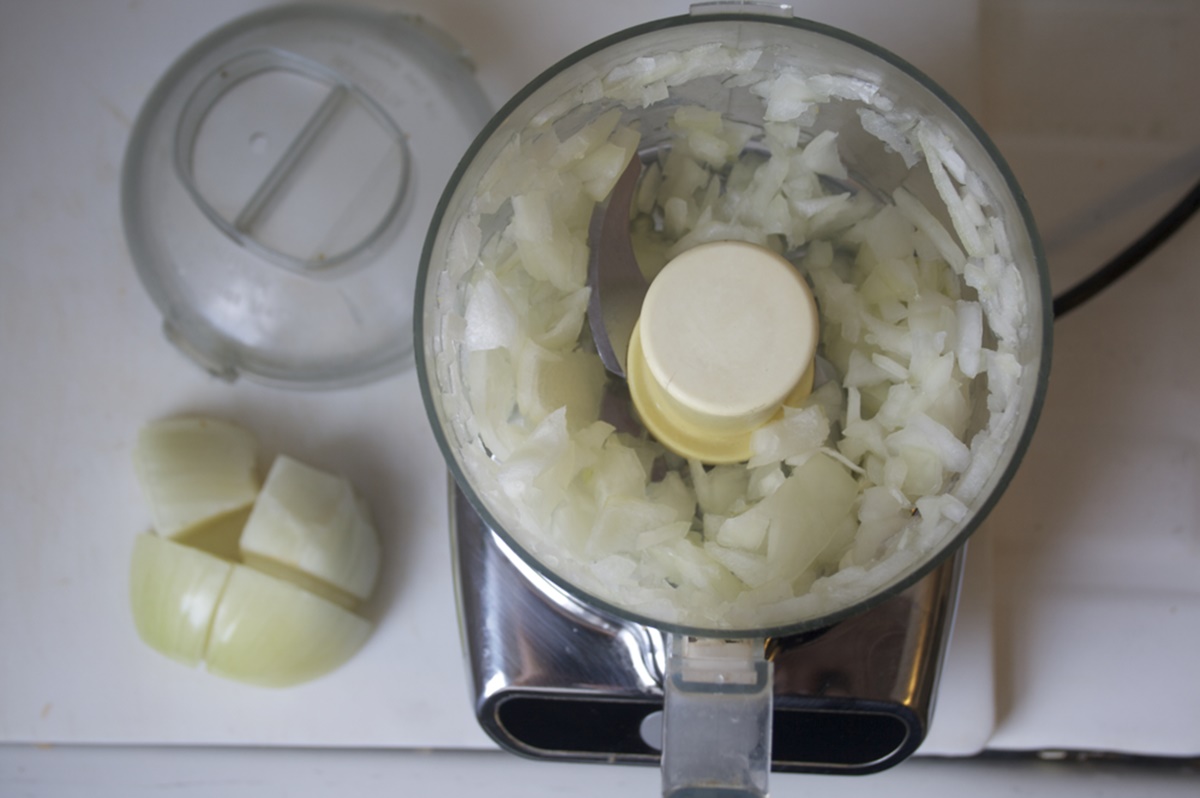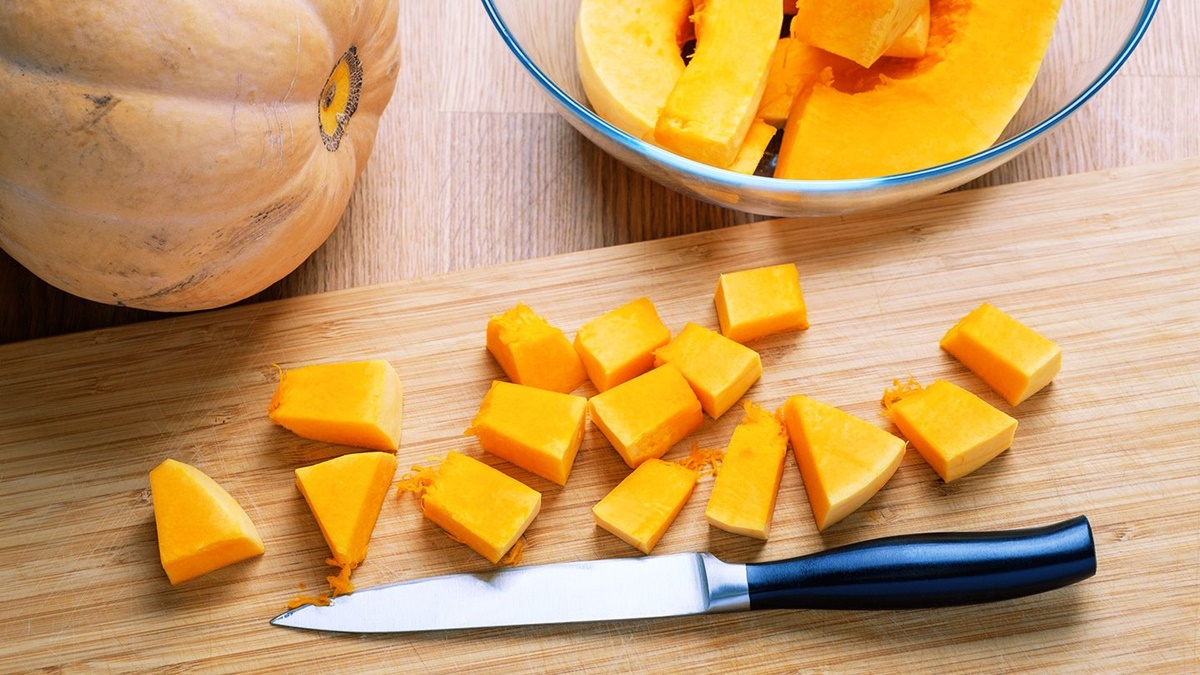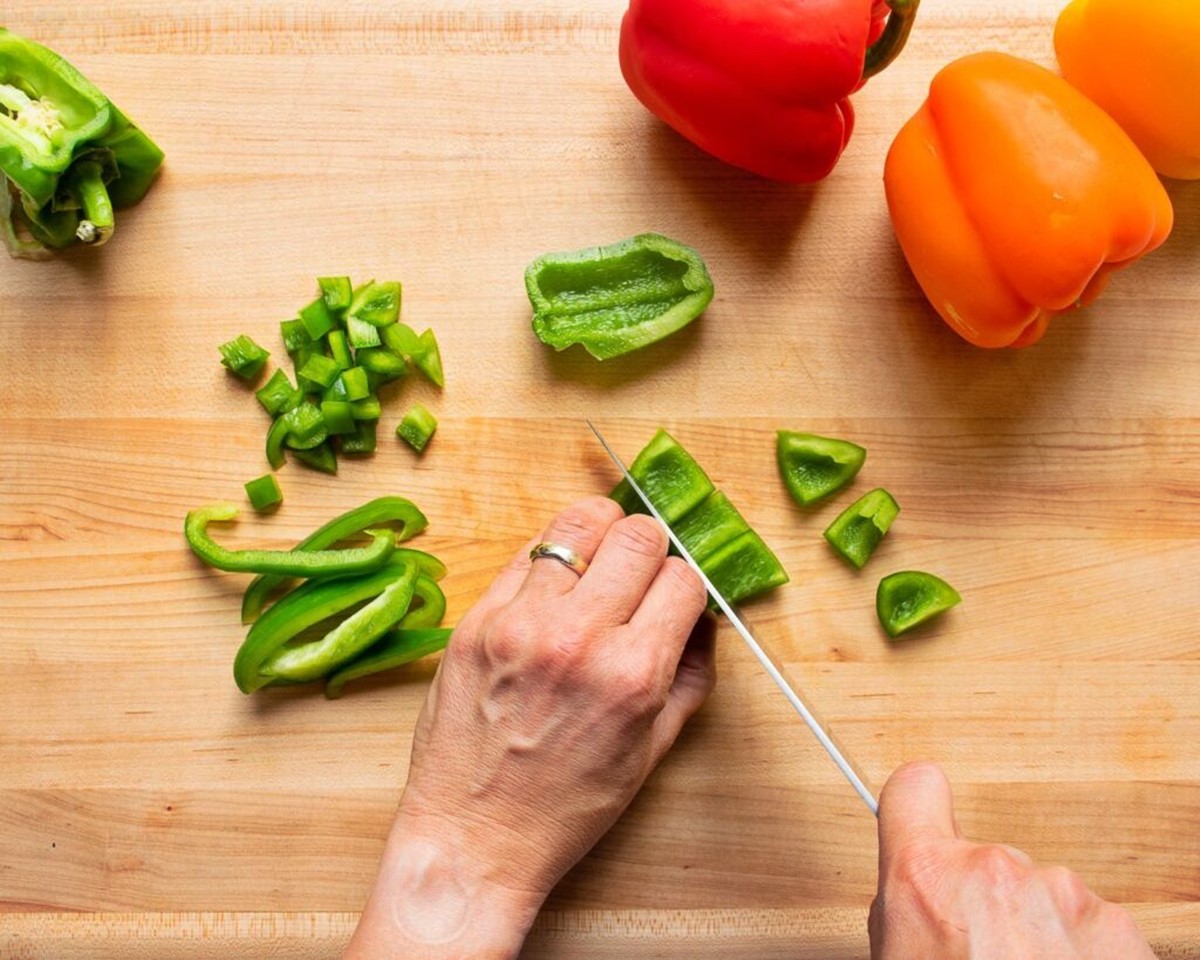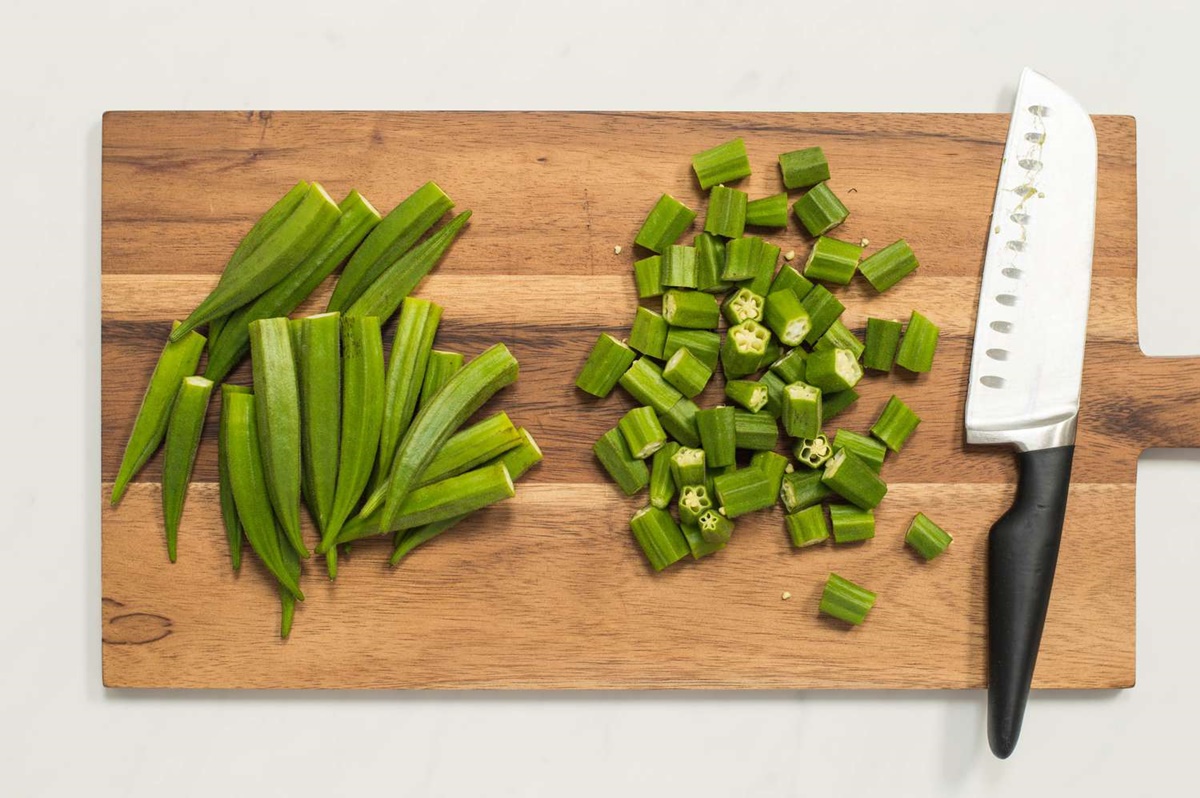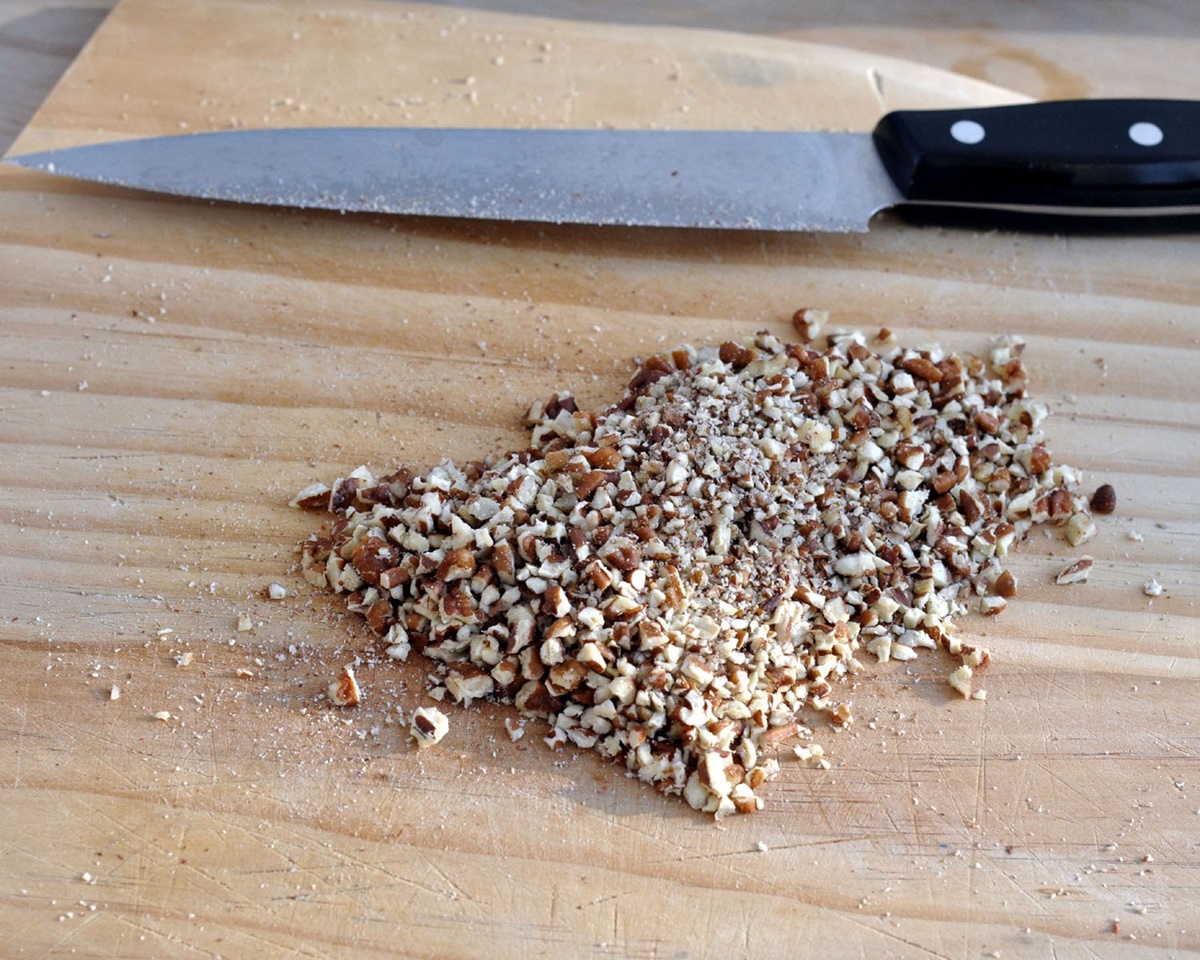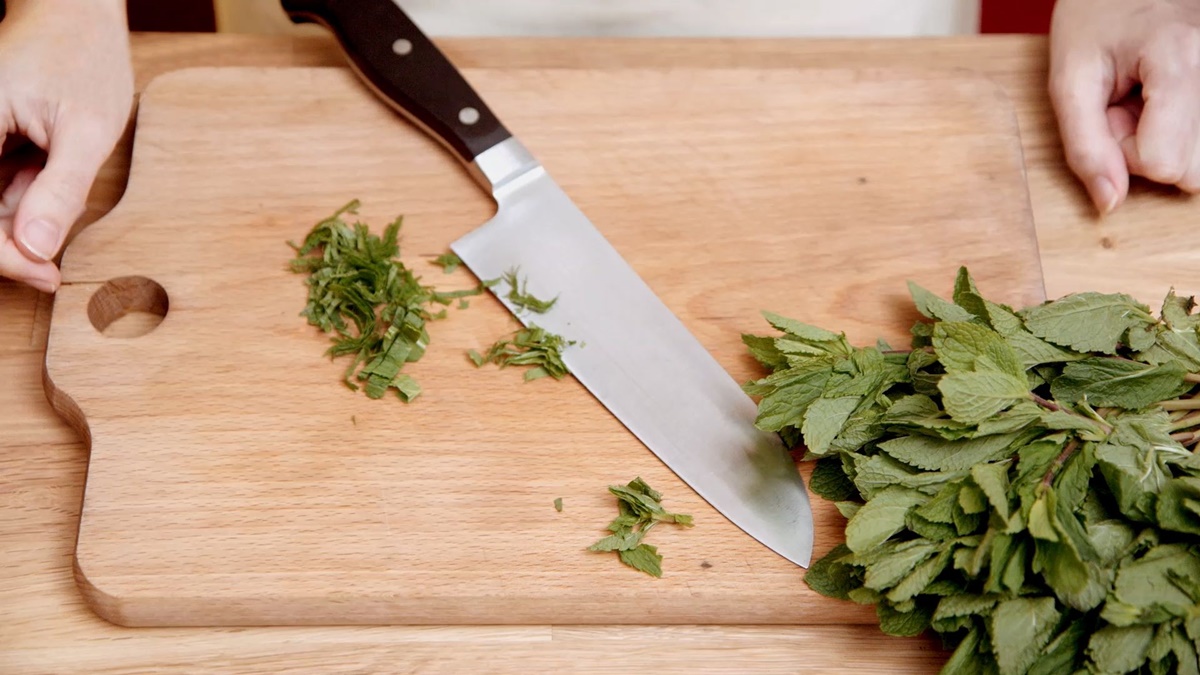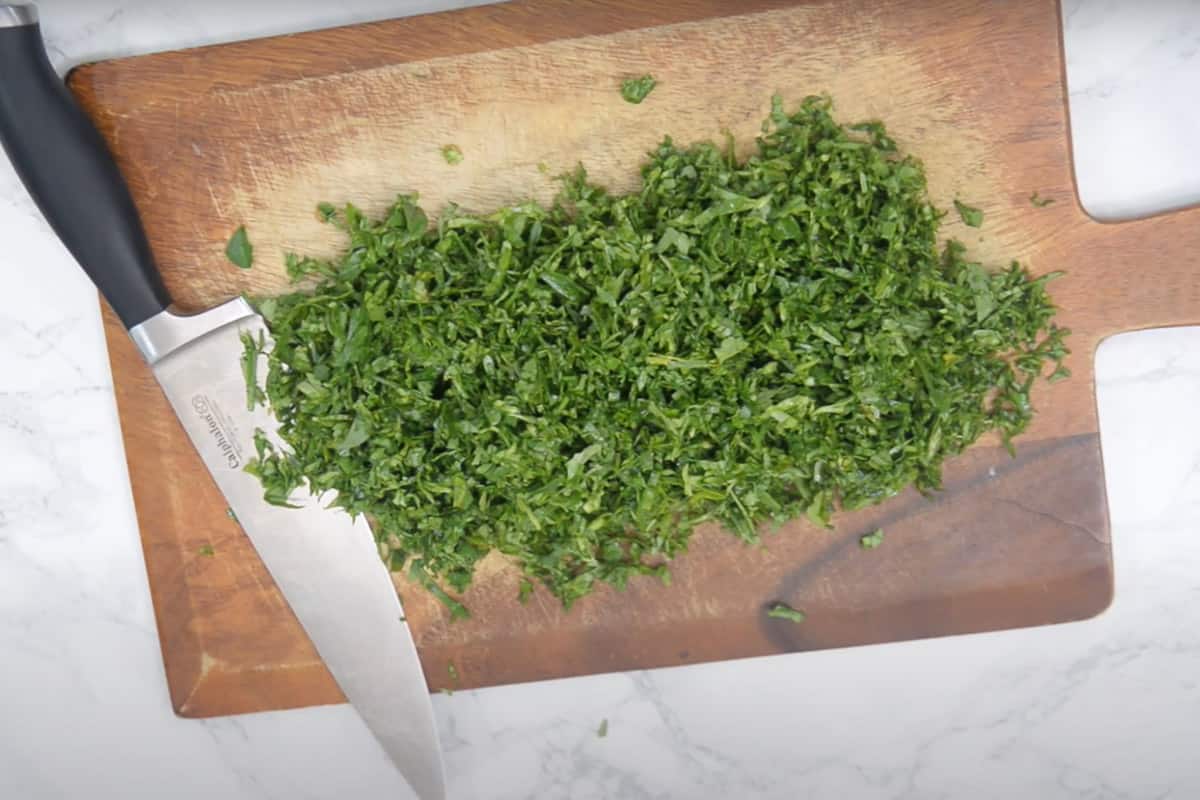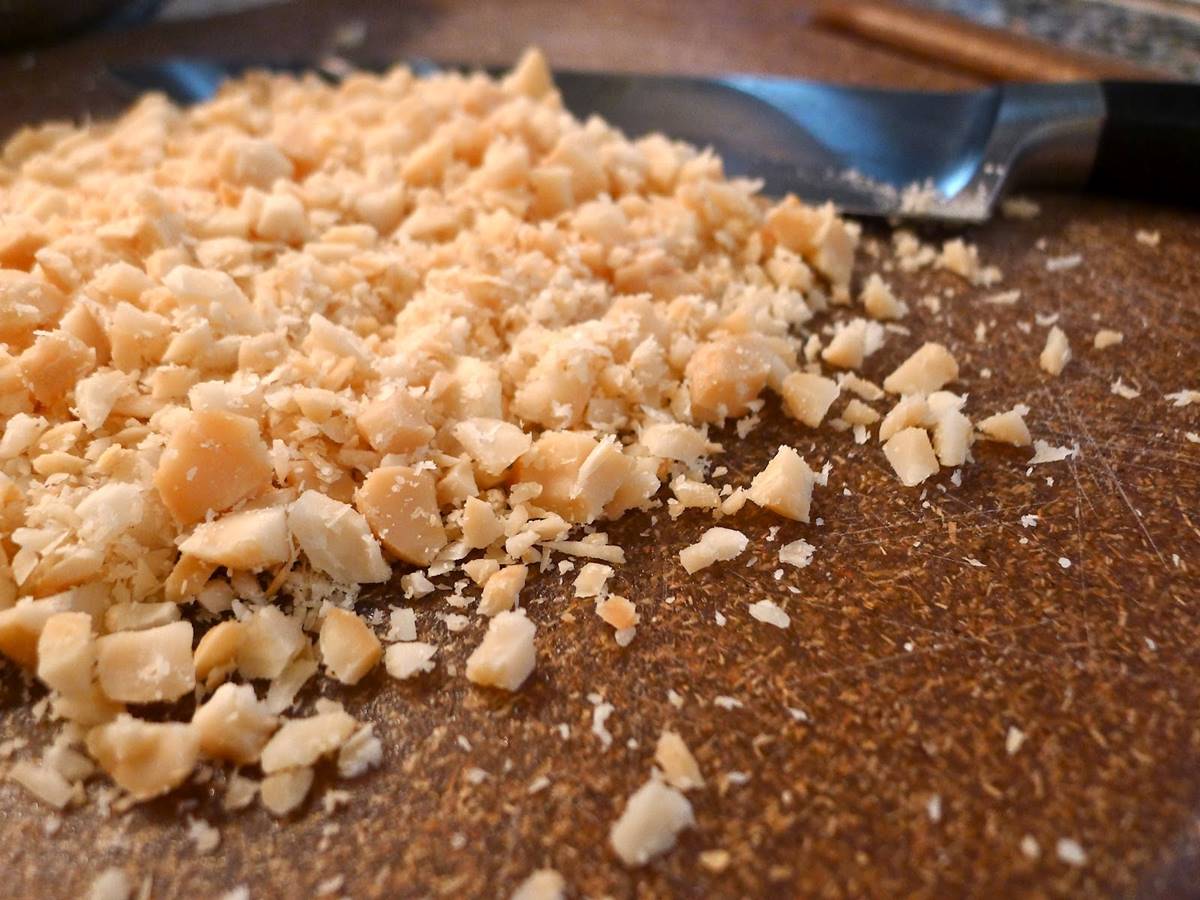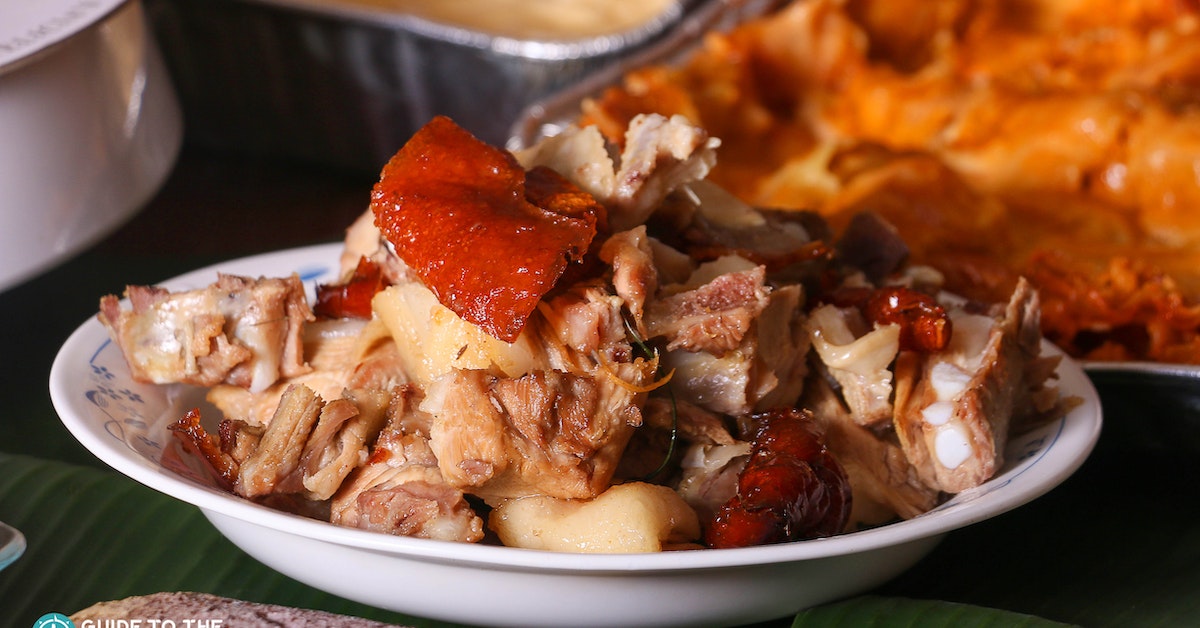How To Chop Onions For Stew: A Step-by-Step Guide
Onions are an essential ingredient in many stews, adding a rich and flavorful base to your dish. However, chopping onions can be a tearful and time-consuming task if you don’t know the proper technique. In this guide, I will walk you through the step-by-step process of chopping onions for stew like a pro.
Gather Your Supplies
Before you begin chopping onions for your stew, make sure you have the following supplies:
- A sharp knife: A sharp chef’s knife will make your chopping experience much easier and safer.
- A cutting board: Choose a sturdy cutting board that provides enough space for you to work comfortably.
- Onions: Select fresh and firm onions that are free from any signs of spoilage.
Follow These Steps
- Peel the onion: Remove the papery skin by cutting off the top and bottom of the onion. Then, make a shallow cut along the side of the onion and peel off the skin, being careful not to remove too much of the flesh.
- Cut the onion in half: Place the onion on the cutting board with the flat side down. Use a sharp knife to cut the onion in half vertically.
- Remove the core: Locate the core, which is the tough, whitish part at the center of each onion half. Make a diagonal cut from the outer edge of the onion towards the core, and remove it.
- Slice the onion: Place one onion half flat side down on the cutting board. Hold it firmly with your non-dominant hand and make horizontal cuts across the onion without slicing through the root end. The thickness of the slices will depend on your preference.
- Dice the onion: Once the onion is sliced, hold it together with your non-dominant hand and make vertical cuts across the slices, again without slicing through the root end. The size of the dice will depend on the recipe you are making, but aim for uniform pieces.
- Repeat the process: Repeat steps 4 and 5 for the remaining onion half.
Tips and Tricks
Chopping onions can be a tear-inducing experience, but these tips may help minimize the waterworks:
- Chill the onions: Put the onions in the refrigerator for about 15 minutes before chopping. The cold temperature can help reduce the release of the sulfur compounds that cause tearing.
- Keep the root end intact: The root end of the onion holds the highest concentration of sulfur compounds. By keeping it intact until the end, you can minimize tear-inducing fumes.
- Work quickly: The longer an onion is exposed to air, the more tear-inducing compounds it releases. Try to chop the onions efficiently to minimize the time they spend exposed.
- Use a sharp knife: A blunt knife can crush the onion cells, releasing more of the tear-inducing compounds. A sharp knife not only makes chopping easier but also minimizes tears.
Conclusion
Now that you know the proper technique for chopping onions for stew, you can confidently add this flavorful ingredient to your favorite recipes. Remember to gather your supplies, follow the step-by-step process, and use the helpful tips and tricks provided. With a little practice, you’ll become an expert onion chopper and elevate the taste of your stews to a whole new level!
For those looking to master the art of chopping onions for stew, there are several recipes to put this skill to good use. Start with the Classic Beef Stew Recipe for a hearty and comforting dish. If you're in the mood for something different, the Moroccan Lamb Stew Recipe offers a flavorful twist with warm spices. For a vegetarian option, try the Sweet Potato and Chickpea Stew Recipe, which combines the sweetness of potatoes with the earthiness of chickpeas. Another great choice is the African Peanut Stew Recipe, where the chopped onions meld beautifully with creamy peanut flavors. Lastly, the Beef and Barley Stew Recipe is a must-try for those craving a filling, rustic meal. These recipes not only highlight the importance of properly chopped onions but also offer a diverse range of flavors to enjoy.
Was this page helpful?
Read Next: How To Chop Onions In A Cuisinart
